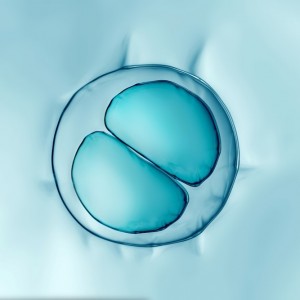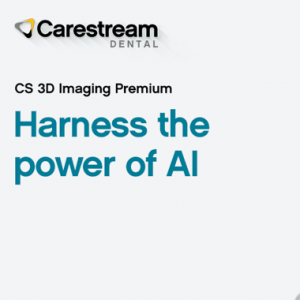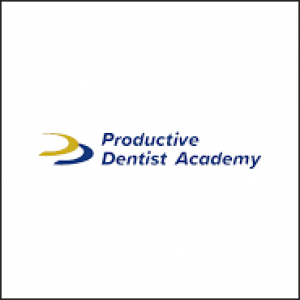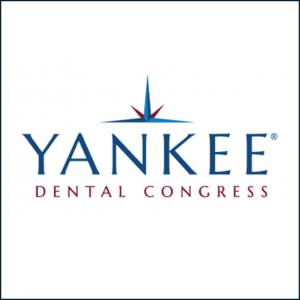
Spanish guideline for avoiding COVID-19 transmission in dental practices
Author: Lorena Origo
In the current situation of COVID-19 emergency, all nations support the need to limit dental clinical activity exclusively to emergency care. In parallel, it is necessary to prepare for the following period: currently there are no specific official protocols, national or international, which clearly address how the dentist must proceed, in daily practice and in the post-confinement phase, to work with the best guarantees of protection of patients and the dental practice team.
The Spanish Consejo Dentistas has published guidelines for the protection and reduction of the risk of transmission of COVID-19 that can help the dentist to manage the current and future situation, characterized by a high degree of uncertainty due to the percentage of asymptomatic patients, the evolution of the pandemic, to the unknowns related to the transmission routes.
To date, in fact, all the studies carried out confirm, as ways of contagion: the respiratory drops (through sneezing, coughing); direct contact, with the hands for example; the mucosal one (mouth, nose, eyes). These are joined by some hypotheses of transmission of the virus formulated recently, that through the microparticles during the speech, which can remain suspended in the air, and via the faecal-oral route and, consequently, the procedures that cause aerosols.
All current protocols, reads the document of the Spanish Order, recommend the use of filter masks of the FFP2 type (UNE-EN 149: 2001 + A1: 2009) as the dental profession is considered at risk due to the regular generation of aerosols. In no case is an exhalation valve provided, since in this case the air is exhaled directly into the environment without any type of retention and the spread of the virus would be favored. These masks have a filtering efficiency of 92%. The use of so-called half masks with a particulate filter P2 (UNE-EN 140: 1999 standard) is also authorized.
FFP2s are designed for single use only, but many medical associations use them for up to 4 hours. Recently, studies have been published on the effectiveness of their sterilization using various methods (sterilization with hydrogen peroxide steam, using dry heat at 70 ° C for 30 minutes, or with moist heat at 121 ° C and a sterilization plan of 15 minutes). Two or three sterilizations would be possible (therefore 3-4 uses of the mask) provided that the mask is clean and not broken. The half mask with filter can be cleaned and disinfected after use. There are no definitive studies showing that FFP3 masks (98% filtering efficiency) better protect against coronaviruses.
The Spanish protocol also suggests a "distance-type of mask" comparison to be used in the presence of a symptomatic person: for example, keeping a distance of 1-2 meters is recommended the surgical mask while for distances of less than one meter the FFP2 is useful. For a distance greater than 2 meters, the use of protection is not recommended. All interventions that generate aerosols are considered high risk; in these cases the use of FFP2 and FFP3 masks is appropriate. In addition, during these treatments it is recommended to put eye protection on the patient and the use of high flow suction because it is convenient to decrease the viral load generated by the aerosols. Always to reduce the generation of aerosols, whenever it is possible to avoid using the air-water syringe. In addition to the masks, the use of other PPE is recommended: gloves, which must always be worn as usual in daily clinical activity and, when there is a risk of eye contamination due to splashes or drops, protections that can be full-face glasses or face shields.
For additional information: https://www.consejodentistas.es/pdf/coronavirus/PlanestrategicoposteriorCoronavirus.pdf
 Tag
Tag
 Read more
Read more
Oral pathology 24 October 2025
Isolation and characterization of dental pulp stem cells from a supernumerary tooth
Dental pulp stem cells (DPSCs) were primarily derived from the pulp tissues of primary incisors and permanent third molar teeth, whereas no report to our knowledge has yet been documented on deriving...
Editorials 24 October 2025
From mentoring workshops to leadership insights, the last week’s IU School of Dentistry (IUSD) fall faculty conference and staff retreat brought faculty and staff together respectively for two days...
Products 24 October 2025
At the American Academy of Periodontology’s Annual Meeting, Carestream Dental continues to deliver what’s next in dentistry with the launch of CS 3D.
News 24 October 2025
As dental professionals prepare to wrap up 2025, many are setting ambitious goals for the year ahead, yet few have a clear, actionable plan to achieve them.
News 24 October 2025
The Yankee Dental Congress will take place from January 29, 2026, through January 31, 2026, at the Thomas M. Menino Convention & Exhibition Center in Boston.










